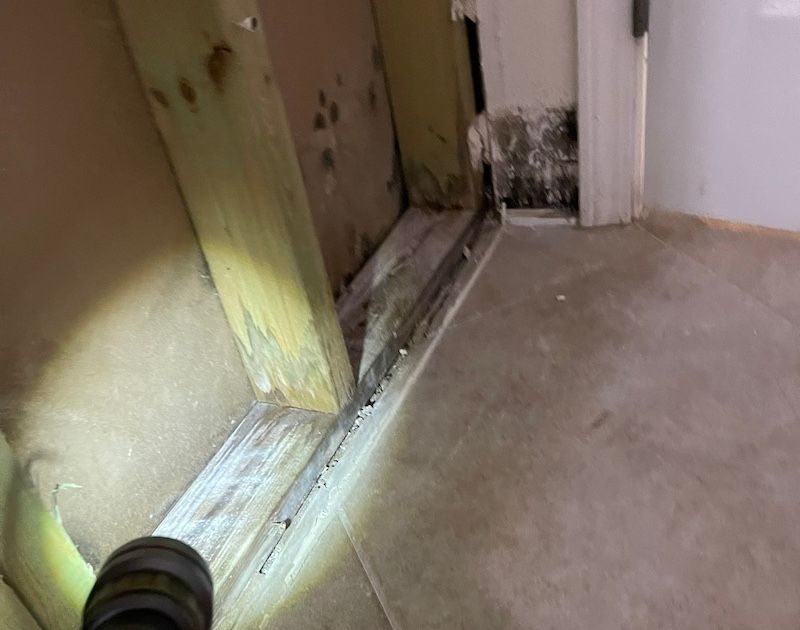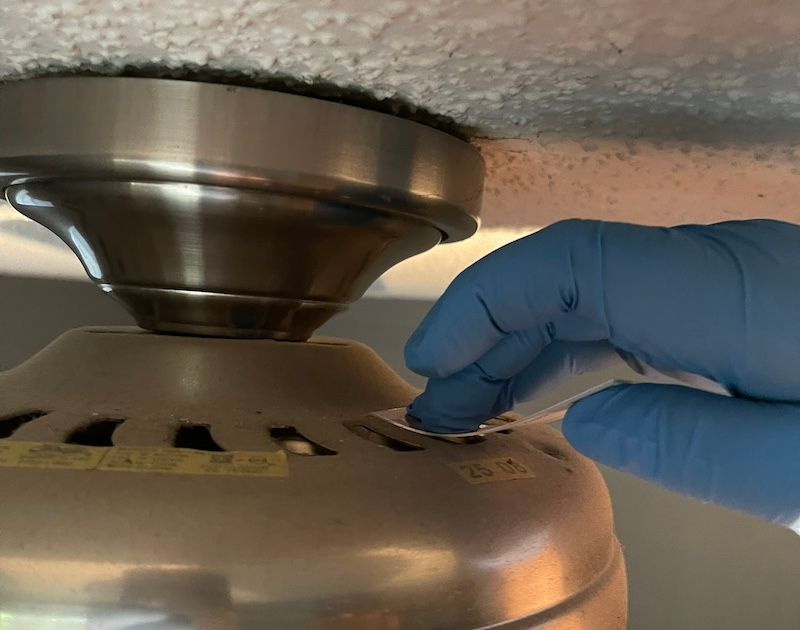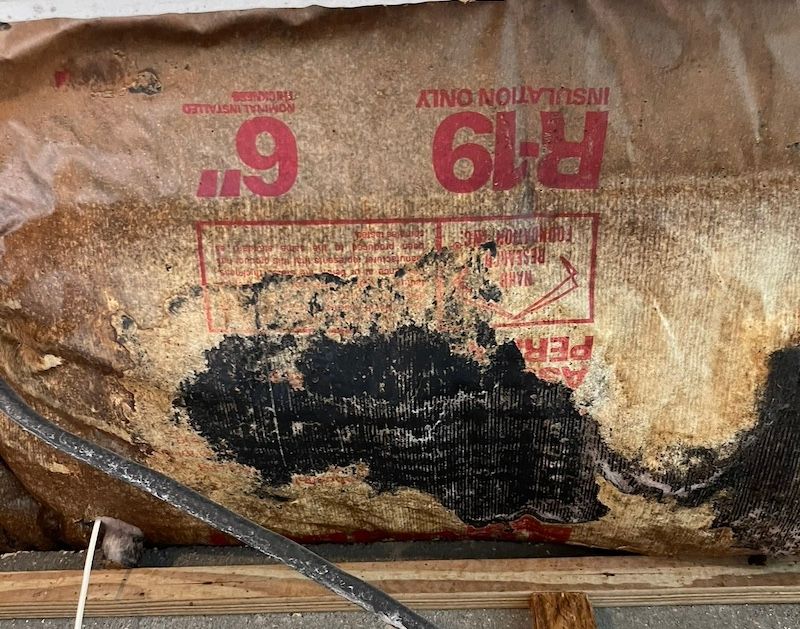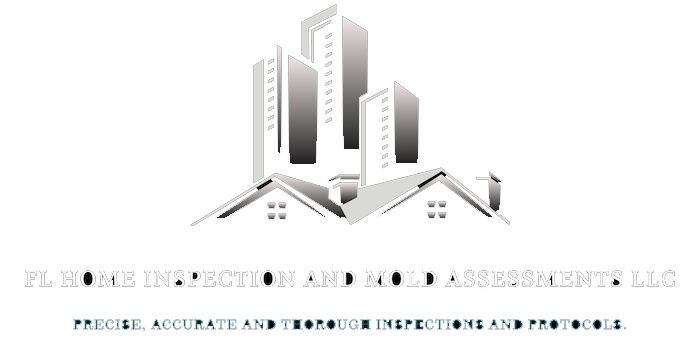Resources

September 24, 2024
The Risks of Mold in Florida’s Humid Climate Living in Florida requires managing high humidity levels, which can, unfortunately create ideal conditions for mold growth in homes and offices. Residents should understand the health risks associated with indoor mold and how to effectively manage and mitigate its presence. What is Mold? Mold is a type of fungus that reproduces through the release of spores. These spores can thrive on any organic material, but they love moist environments, making Florida homes particularly susceptible. Mold can grow on walls, ceilings, carpets, furniture, and even in HVAC systems, often hidden from plain view. Health Effects of Mold Exposure Mold exposure can lead to various health issues, particularly those with respiratory conditions, allergies, or compromised immune systems. Common health effects include: Respiratory Problems: Mold can cause coughing, wheezing, and shortness of breath. People with asthma or chronic lung diseases may experience exacerbated symptoms. Allergic Reactions: Mold exposure can trigger allergic reactions in sensitive individuals. Symptoms include sneezing, runny nose, red eyes, and skin rash (dermatitis). Immune System Impact: For people with weakened immune systems, mold can lead to more serious infections. Toxic Effects: Certain molds produce mycotoxins that can be toxic to humans and animals. Exposure to high levels of mycotoxins can lead to neurological problems and in severe cases, death. Prevalent Mold Types in Florida Aspergillus: Commonly found in air conditioning systems and damp areas, it can cause allergic reactions and respiratory infections. Cladosporium: Typically found on fabrics and wood surfaces, it can trigger asthma and allergic reactions. Stachybotrys chartarum (Black Mold): This mold is particularly dangerous and can cause severe health issues. It is known for producing mycotoxins. Mold Prevention Tips To prevent mold growth in your Florida home, consider the following tips: Control Humidity Levels: Use dehumidifiers and air conditioners to keep humidity levels in check. Ensure Good Ventilation: Use exhaust fans in bathrooms, kitchens, and laundry rooms. Fix Leaks: Repair leaks in your home’s roof, walls, or plumbing to prevent moisture accumulation. Regular Cleaning: Keep your home clean and dry. Regularly clean and vacuum to remove potential mold sources like dust and debris. What to Do if You Suspect Mold If you suspect that your home has a mold problem: Inspect Your Home: Look for visible mold growth or water damage signs. Hire Professionals: Consider hiring a professional mold inspection service to assess your home and identify potential mold issues. Remediation: If mold is found, it is advisable to have it removed by certified mold remediation specialists to ensure it is handled safely and effectively. Stay Informed and Safe Understanding the risks and preventative measures associated with mold can help Florida residents maintain a healthy living environment. If you suspect mold growth in your home, taking immediate action is crucial to prevent health problems and structural damage. Contact FL Home Inspections and Mold Assessments for more information on mold prevention and remediation. Our team is equipped with the knowledge and tools to help keep your indoor environment safe and mold-free.

September 24, 2024
Mold is common in homes and buildings, especially in humid climates like Florida. This glossary aims to educate you on the different types of mold and related terms to enhance your understanding and ability to deal effectively with potential mold issues. Types of Mold by Color White Mold: Often found on overwatered plant soil and perishable items like bread and cheese. Green Mold: Commonly causes food spoilage and may appear on bricks and other surfaces. Pink Mold: typically appears in bathrooms and on food and can adhere to floors, walls, and ceilings. Black Mold (Stachybotrys chartarum): One of the most dangerous molds, known for its toxicity and ability to grow on walls and other building materials. Blue Mold: Particularly damaging to wooden structures and commonly found on wood. Gray Mold: Frequently grows on foods, plants, and seeds, impacting their integrity and appearance. Common Molds and Their Health Implications Aspergillus: A large genus of molds that can cause respiratory infections, allergic reactions, and in some cases, produce mycotoxins that are harmful to humans. Cladosporium: Can be found both indoors and outdoors. It causes allergic reactions and has been known to exacerbate asthma. Penicillium: Known for causing allergies and respiratory problems, and some species produce mycotoxins. Alternaria: Commonly found in showers, on walls, or outdoors, this mold can cause allergic reactions and respiratory issues. Mucor: Typically found in soil, plant debris, and decaying fruits, posing risks, particularly to those with compromised immune systems. Trichoderma: Found in soil and on very damp surfaces, it produces enzymes that can destroy building materials and cause musty odors. Health Risks of Mold Exposure Mold exposure can have various health effects, from mild allergic reactions to serious respiratory infections. Some molds produce mycotoxins that can lead to severe health problems, including: Allergic reactions such as sneezing, red eyes, and skin rash. Respiratory problems, including asthma attacks and breathing difficulties. Immune system suppression leads to higher susceptibility to infections. Preventing Mold Growth Maintaining a dry and well-ventilated environment is key to preventing mold growth. Regular inspections and prompt repairs of water leaks and damp areas can help keep mold at bay. When to Consult a Professional If you suspect a mold problem, particularly one that covers a large area or is located in inaccessible places, it is advisable to consult a professional. They can conduct thorough inspections and recommend appropriate remediation strategies. Stay Informed Understanding the types of mold and their potential impacts on health and property is crucial, especially in climates prone to high humidity. Regular education and vigilance can help mitigate the risks associated with mold exposure. Contact FL Home Inspections and Mold Assessments for more detailed information on mold remediation and inspection services. Our experts are here to ensure your home remains safe and healthy.

September 24, 2024
Toxic molds produce mycotoxins that can pose serious health risks to humans and animals. Exposure to these molds can lead to a variety of health issues, ranging from mild allergic reactions to severe respiratory conditions and even toxic effects that can be life-threatening. Identifying and mitigating these molds effectively is crucial to maintaining a safe indoor environment. Here are some of the most commonly recognized toxic molds: Chaetomium Chaetomium, commonly found in water-damaged buildings and materials, is known for its musty odor. It produces mycotoxins that can cause skin and nail infections and more severe reactions when ingested or inhaled. Trichoderma While some species of Trichoderma are beneficial in biotechnology, certain strains can be harmful. These molds are often found in damp areas and can produce trichothecene mycotoxins, which are potent toxins that affect the immune and nervous systems. Fusarium Typically found in soil and plants, Fusarium can contaminate indoor environments and is known for the fusarium ear in crops. It produces toxins, including fumonisins and trichothecenes, which are dangerous to humans and animals. Exposure can lead to symptoms such as dermatitis, respiratory disorders, and even more severe systemic infections. Memonilla Less commonly known but still concerning, Memonilla molds can be associated with indoor environments and produce mycotoxins. While specific health effects related to human exposure are less documented, any mycotoxin-producing mold in indoor environments is a cause for concern and should be addressed. Stachybotrys Often referred to as “black mold,” Stachybotrys is notorious for its health impacts due to mycotoxin production. It thrives in constantly moist environments, such as those affected by water leaks or high humidity. Exposure to Stachybotrys spores can lead to serious health issues, including respiratory problems, chronic fatigue, and neurological disorders. Suppose you suspect the presence of these or any molds in your home or workplace. In that case, it is crucial to seek professional assessment and remediation to ensure the safety and health of all occupants.
Copyright © FL Home Inspection and Mold Assessments | All Rights Reserved
